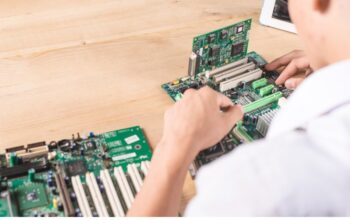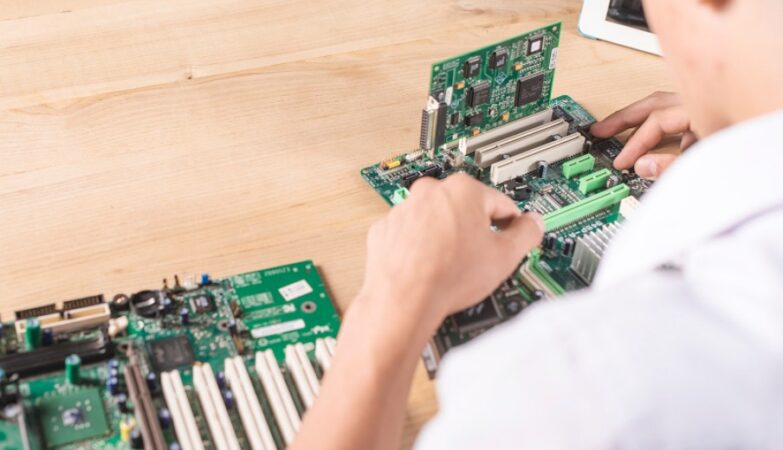When Iron Man was released in 2008 or The Six Million Dollar Man series in 1973 and later into a film in 2020 the concept of artificial limbs and other parts that uses electronic and mechatronic technology to augment and restore physical functionality for a differently-abled person was science fiction. However, even though scientists have not reached that level of expectation with bionics, they have broken quite a few barriers in application areas like hearing, vision, orthopaedics, and a motley yet small group of implants in neurological and augmented cardiac functions.
The extensive research in the field has reached beyond the concepts of wearable robotic suits, like Iron Man, brain-controlled limbs like War Machine and mind-operated wheelchairs are under development. Human-machine integration is now no longer a dream but a reality with the help of bionics technology.
How Is Bionics Developing?
The primary purpose of bionic technology is to aid people in regaining a normal life and function of their parts which have been impaired for some reason. Apart from providing medical help, research is also being conducted in bionic technology to offer extra support to the military sector and give them some superhuman capacities. One can understand a lot about how the military can use bionics technology from the book Mind Wars: Brain Science and the military in the 21st Century.
Given the development of bionics, what is the future of our world? Let’sLet’s find out:
Brain-Machine Interface
In the brain-machine interface, the movement intentions can be decoded in the brain and translated into executable actions. The robotic actuators connected to the prosthetic limb receive these signals and act like a natural limb. The development of bionic technology is now using a commercially viable custom-coded AI technology with low-cost system components, where a deep-learning algorithm is used for the decoding activity. The process includes taking a home scalp electroencephalography (EEG) and executing the prosthetic limb’slimb’s intended activity in the real world.
Grasping And Positioning
The prosthetic limbs are now confined to the ability to move and act like a proper arm or leg. Arms have hands and fingers, which should be able to grasp and position themselves differently. IBM had been researching and developing a deep learning framework called the GraspNet. It can determine the position of the bionic arm to grip up and pick the object of interest.
Controlling The Prosthetic
It is quite unfortunate when a person loses the ability to function their legs and hands for various reasons like spinal cord injury, stroke, traumatic injury to the area, or neurological or neuromuscular diseases. In such scenarios where the motor cortex is still functioning, intact assistive technology can rehabilitate them by providing natural control limbs with the brain-machine interface.
What Is The Future?
Will bionic technology create a cyborg? Will humanity be in danger from this technology? This is a debate that many have been embroiled in with the rise of bionic technology. But if you ask philanthropist Tej Kohli about what bionics hold for us, he would say it is the way to improve the lives of many who are forced to live a differently-abled life without having the normal function of the limbs. Entrepreneur enthusiast and venture capitalist Tej Kohli has been involved with bionics for a while now. The way bionic technology can change lives can be witnessed with Open Bionics, in which Mr Tej Kohli has invested through his Tej Kohli Foundation. He believes in creating a sustainable future and helping those who are underserved. Among other multitudes of undertakings, one such venture includes the Tej Kohli and Ruit Foundation.








